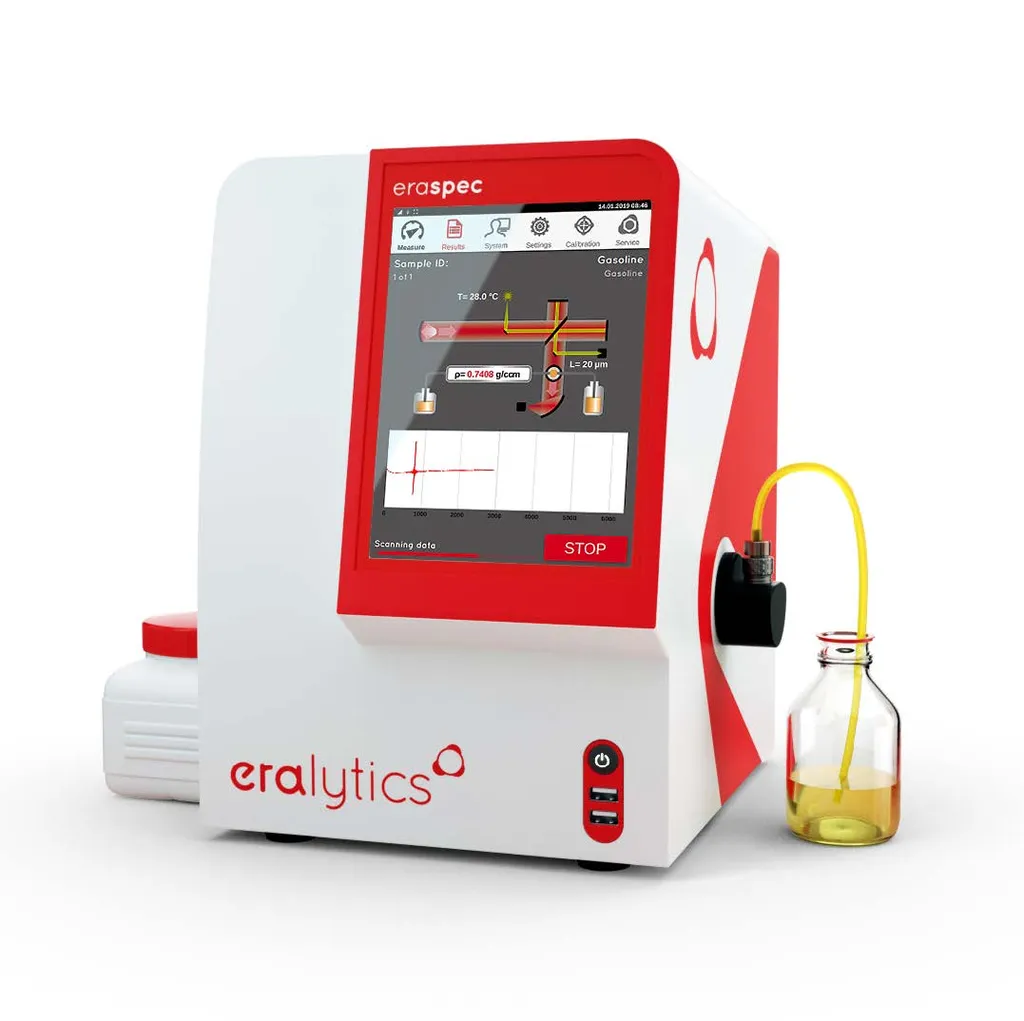**New Method Could Streamline Fuel Testing and Enhance Blending Strategies**
Researchers from the Department of Energy’s Lawrence Berkeley National Laboratory have developed a novel approach to predict the Research Octane Number (RON) of gasoline and gasoline-like fuels using Fourier-transform infrared (FTIR) spectroscopy and statistical modeling. This method could potentially reduce the time and cost associated with traditional fuel testing.
Currently, determining the RON of fuels involves laborious and expensive tests, such as the standard Cooperative Fuel Research (CFR) engine method. However, the researchers have shown that a statistical model, trained using FTIR absorbance data, can accurately predict RON without these tests.
The team initially created a principal component regression model using data from neat and 134 mixtures of six hydrocarbons: n-heptane, isooctane, toluene, ethanol, methylcyclohexane, and 1-hexene. This model could predict the RON of 10 Cooperative Research Council (CRC) Fuels for Advanced Combustion Engine (FACE) gasolines and 12 FACE gasoline blends with ethanol within an average error of 34.8 RON points.
To improve the model’s accuracy, the researchers added data from 28 minor components found in the FACE gasolines. They found that including representatives of branched alkanes and aromatics classes, such as 2,3-dimethylpentane and xylene, significantly reduced the model’s error. The enhanced model could predict the RON of 22 target fuels within an average error of just 0.3 RON points.
This research, published in the journal *Analytical Chemistry*, demonstrates that statistical models informed by neat and surrogate fuels can predict the performance of complex, unknown fuels. This approach could streamline fuel testing and blending strategies, ultimately reducing costs and time in the energy sector.
The practical applications of this work include:
1. **Faster and cheaper fuel testing**: By using FTIR spectroscopy and statistical modeling, fuel producers could quickly and inexpensively determine the RON of their products without resorting to traditional CFR engine tests.
2. **Enhanced fuel blending**: The model can help fuel blenders optimize their mixtures by predicting the RON of various fuel blends, enabling them to achieve desired performance characteristics more efficiently.
3. **Quality control**: Fuel distributors and retailers could use this method to verify the quality of their products, ensuring that they meet the required performance standards.
In conclusion, this research offers a promising alternative to traditional fuel testing methods, with potential benefits for the entire energy sector. By adopting this approach, fuel producers, blenders, and distributors could reduce costs, save time, and improve the quality of their products.
Source: Analytical Chemistry (2023), DOI: 10.1021/acs.analchem.3c00999
This article is based on research available at arXiv.

